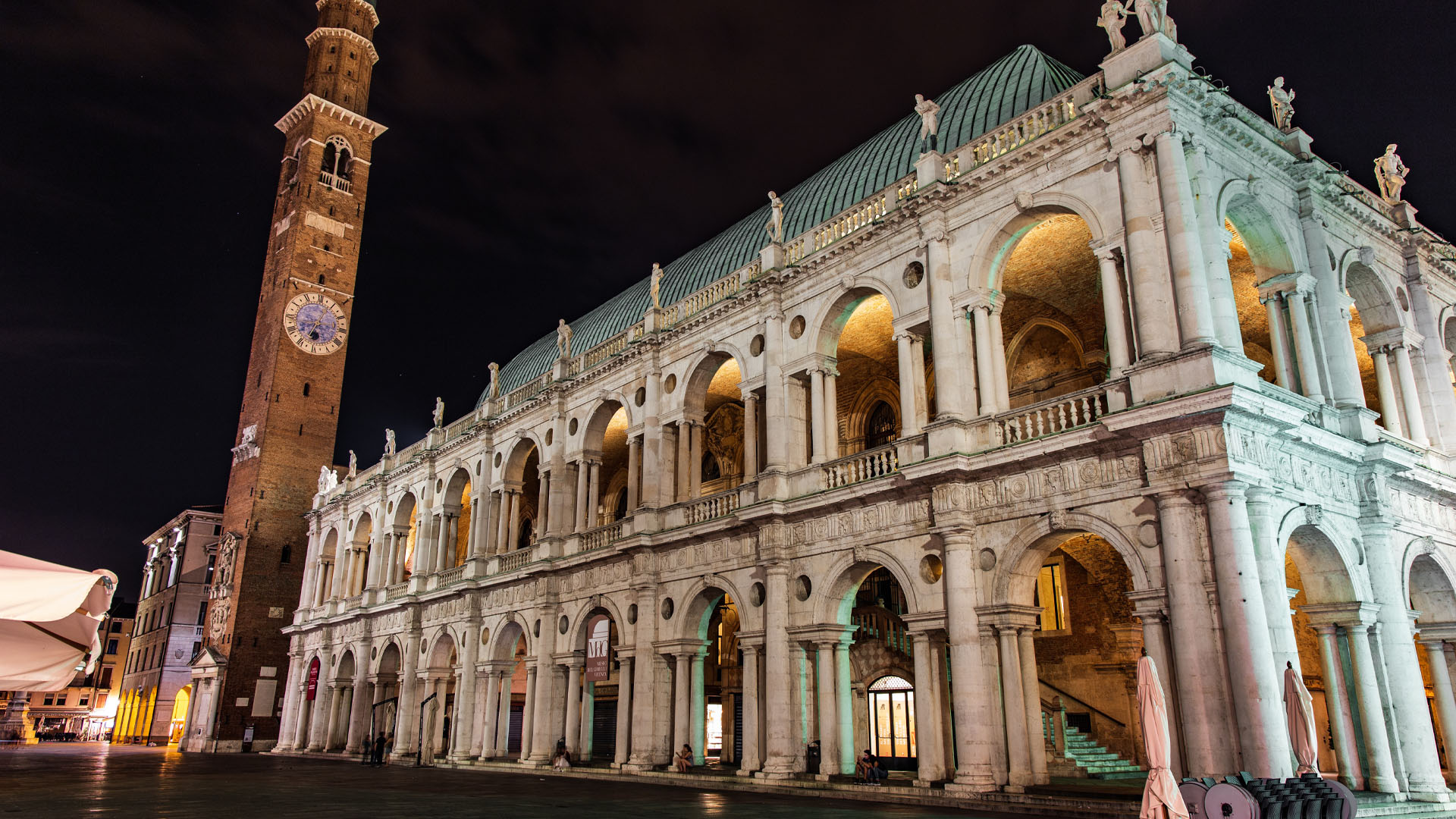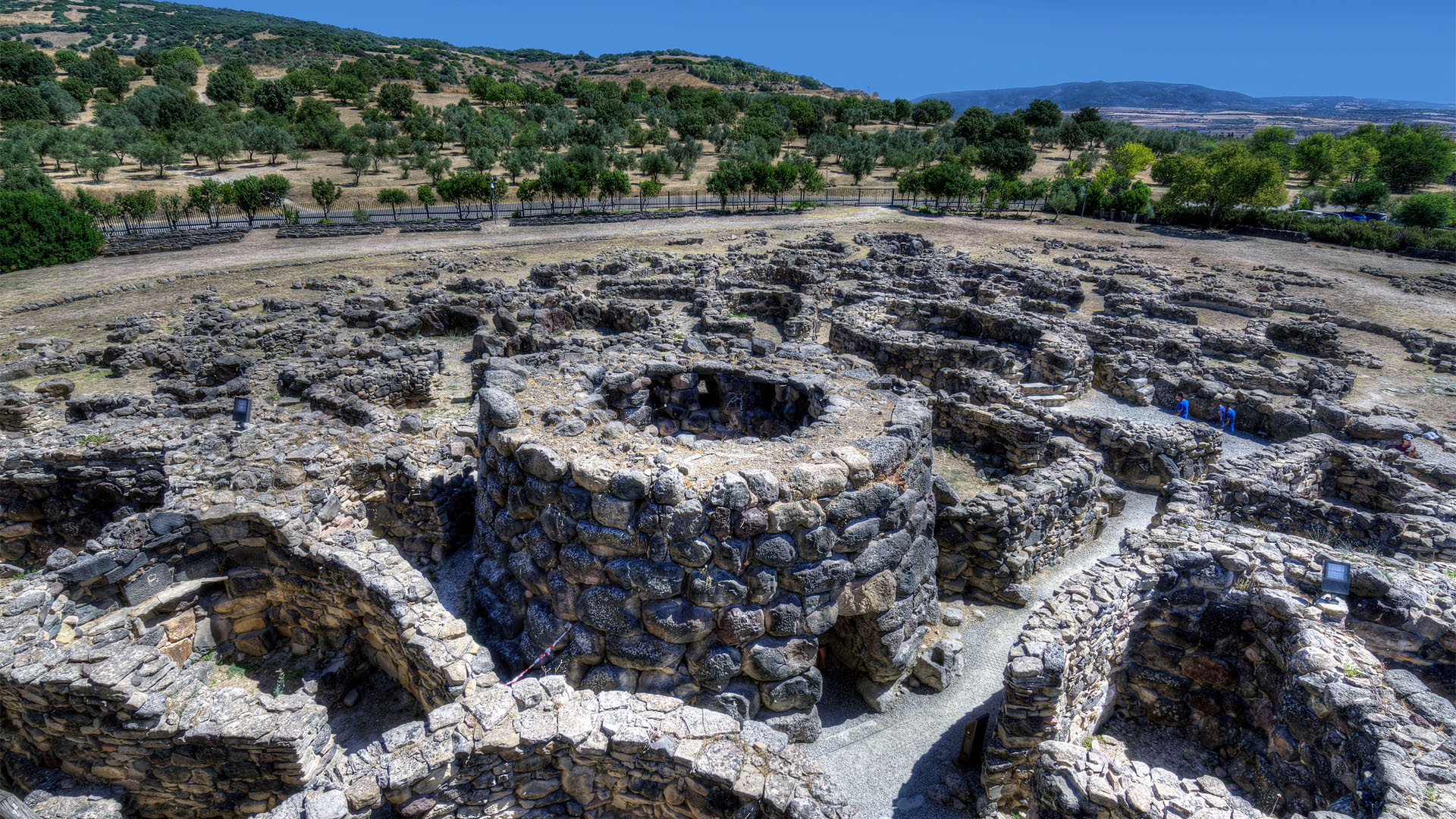Italy boasts more World Heritage sites than any other country in the world. It has 53 cultural and five natural UNESCO World Heritage sites, for a grand total of 58. UNESCO World Heritage Sites are deemed to be of “outstanding value to humanity.” These sites are actively identified, protected, and preserved under the Convention concerning the Protection of the World Cultural and Natural Heritage, which was adopted in 1972.
Every week, America Domani will release a list, and brief description, of 5 UNESCO World Heritage Sites, listed in the order in which they were inscribed. Last week’s list included Crespi d’Adda, the Trulli of Alberobello, and the early Christian monuments of Ravenna.
City of Vicenza and the Palladian Villas of the Veneto (1996)

The northern city of Vicenza was founded in the 2nd century B.C. and thrived under Venetian rule between the early 15th and late 18th centuries. Architect Andrea Palladio’s work, including his urban buildings and villas scattered across the Veneto region, inspired a distinct architectural style known as Palladian. This style eventually made its way to other European countries, including England, as well as North America.
Villa Romana del Casale (1997)

The Villa Romana del Casale, located a few miles away from the Sicilian town of Enna, is a third-century Roman villa renowned for its opulence. Almost every room in the villa is decorated with elaborate mosaics, and as such it is home to one of the world’s most varied and detailed Roman mosaics collections.
Su Nuraxi di Barumini (1997)

(Photo Credit: Ángel M. Felicísimo via FLICKR)
Throughout the Bronze Age, sometime during the late 2nd millennium B.C, nuraghi, a special kind of defensive structure, was developed on the island of Sardinia. They consisted of circular complexes built of dressed stone. The defensive structure at Barumini was extended and reinforced during the first half of the first millennium B.C. and is the most complete and well preserved example of this form of prehistoric architecture.
Residences of the Royal House of Savoy (1997)

(Photo Credit: Francesco Bandarin via UNESCO)
When Emmanuel-Philibert, Duke of Savoy, moved his capital to the northern city of Turin in 1562, he began a number of large-scale building projects that were eventually carried on by his successors. The complex of buildings, designed by the best architects and artists of the time, were meant to serve as an eternal testament to the Savoy name.
Portovenere, Cinque Terre, and the Islands (Palmaria, Tino, and Tinetto) (1997)

The Ligurian coast, also known as the Italian riviera, is made up of small towns that have managed to shape themselves into the landscape, despite it being steep and uneven. Overcoming these geographic disadvantages is, according to UNESCO, an encapsulation of “the continuous history of human settlement in this region over the past millennium.”
Asia London Palomba
Asia London Palomba is a trilingual freelance journalist from Rome, Italy. In the past, her work on culture, travel, and history has been published in The Boston Globe, Atlas Obscura, The Christian Science Monitor, and Grub Street, New York Magazine's food section. In her free time, Asia enjoys traveling home to Italy to spend time with family and friends, drinking Hugo Spritzes, and making her nonna's homemade cavatelli.

